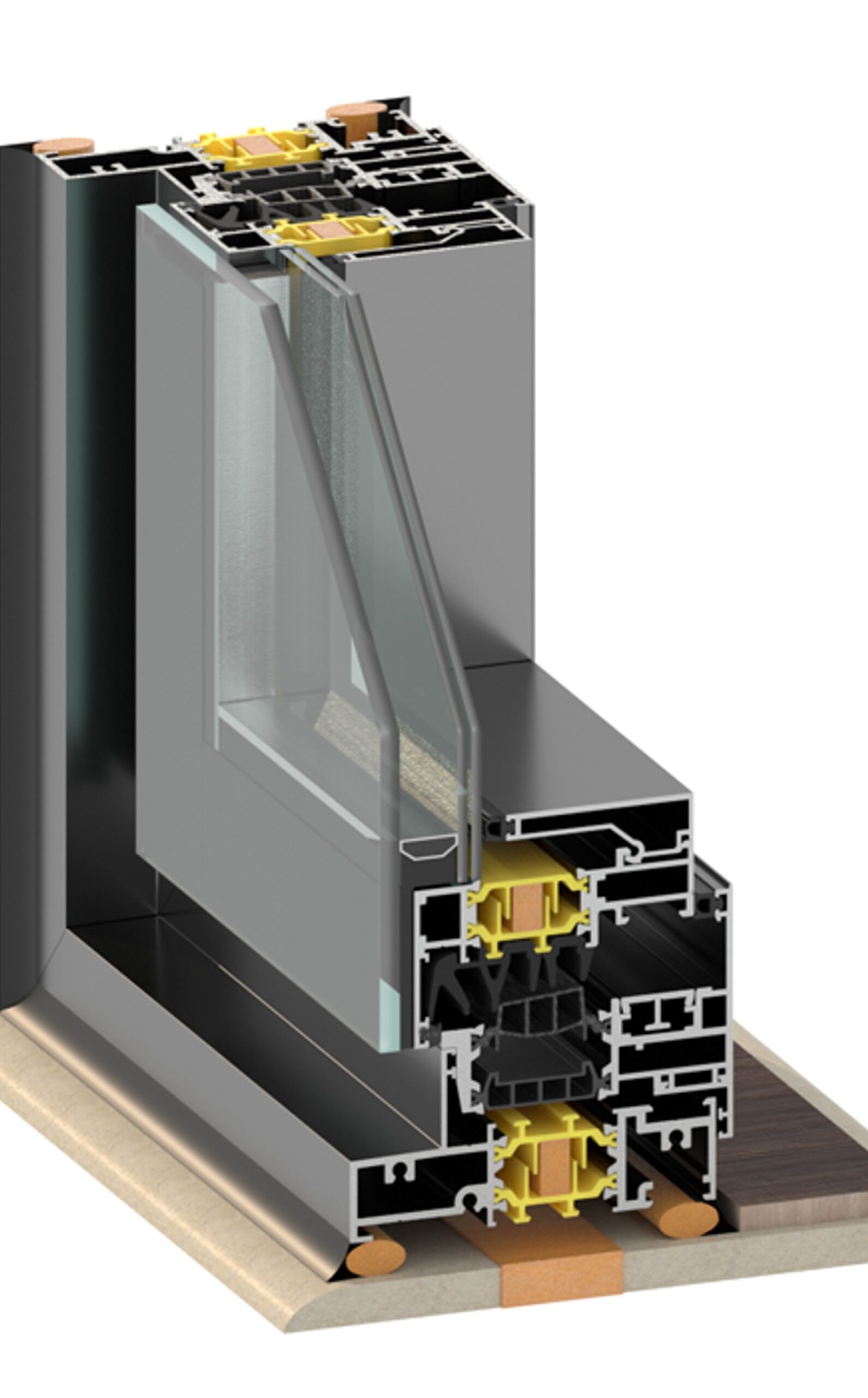Natural daylight has the ability to greatly improve the comfort of your home, making it an essential element to consider when designing your living space. Not only does it enhance the aesthetic appeal, but it can also reduce electricity expenses.
When considering interior design, window walls are a stunning option for your home that can have a significant impact on your living space. These fashionable and contemporary choices, originating in Europe, are a popular choice for modern homeowners as they can add value to your property and elevate the overall atmosphere of your interior.
Introduction to Window Walls
Window walls are a type of architectural feature that can be found in buildings. They are essentially large glass windows that span from the floor to the ceiling, providing a clear view of the outside. These walls are becoming increasingly popular in modern building designs due to their ability to bring in natural light and create a feeling of openness. In this article, we will discuss the concept of window walls and their significance in architecture.
Window walls, featuring expansive panes of glass that stretch from the floor to the ceiling, offer the ideal solution for increasing natural light, showcasing stunning vistas, and maintaining energy efficiency in your living space.
These windows are usually designed to be easily installed between floor slabs and are connected to the concrete slabs of your home’s construction at their sill and head.
The use of window walls can effectively minimize unwanted noise and provide a budget-friendly solution for optimizing the functionality of your home. These walls offer a high degree of flexibility, allowing you to tailor them to your specific requirements and incorporate them into your desired interior design.
Patio Doors with Bi-Fold Design
Resembling an accordion, bi-fold patio doors feature sizeable glass panels that can be folded to open up interior or exterior spaces in your home along a hinge. They are a practical choice for those looking to maximize natural light in their home and take up minimal space. These doors can be a valuable addition to your new window walls.
Reasons for Installing a Window Wall
Not only do window walls offer a budget-friendly option to optimize your indoor space, but they also boast effortless installation and minimal structural considerations compared to other window options for your home.
In addition, it is convenient to remove single window wall units without affecting the overall structure of your house. This makes it easy to replace them in case of damage or if you want to upgrade.
Window walls provide a plethora of advantages for homeowners, such as:
- Optimize the use of natural lighting
- Increase energy efficiency
- Improve air flow
- Enhance safety measures
- Provide extensive outdoor views
- Incorporate appealing architectural features







